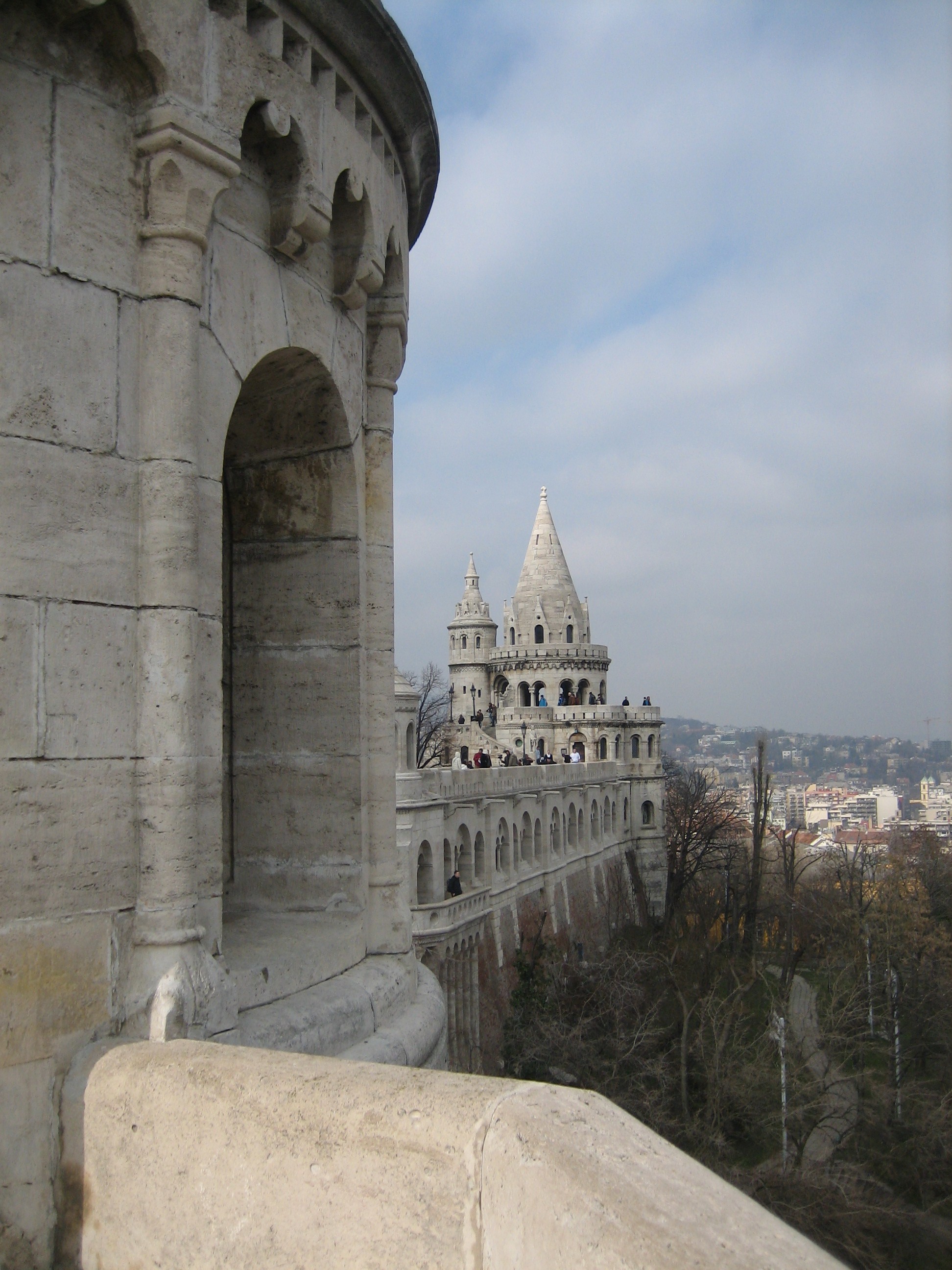Fairy tales are hot right now. From TV shows like Grimm and Once Upon A Time, to recent movies like Snow White and the Huntsman and Red Riding Hood, classic fairy and folk tales are experiencing a reboot for modern audiences, and this time around we’re not looking at damsels in distress or sickly sweet Prince Charmings. We are returning to the old texts where ugly step-sisters cut off toes to fit into Cinderella’s slippers, and villains are forced to dance in red-hot iron shoes until they die. Today’s audiences want to embrace the darkness recent generations have been shielded from in watered-down versions of classic fairy tales.
I have always been drawn to these tales which, although often gruesome, are fascinating in their simplicity. There are many challenges in adapting these stories to fit the character-driven narratives readers and viewers are looking for today; fairy tales gathered by the likes of the brothers Grimm, Hans Christian Anderson and Charles Perrault, were morality tales, with little to no character development beyond whether each character was good or evil. Yet, there is an unmistakable draw – something about these simple tales keeps us coming back to them again and again, and as a lifelong fairy tale buff I am both excited and nervous about the recent spark of interest in these stories.
In a new blog series, I am going to look at some of the new versions of fairy tales and compare them with the original texts, as well as bringing to light some lesser-known stories and examining what it is that makes a story a fairy tale in the first place. I hope you will join me as every Friday I take a step into the land of far, far away.
